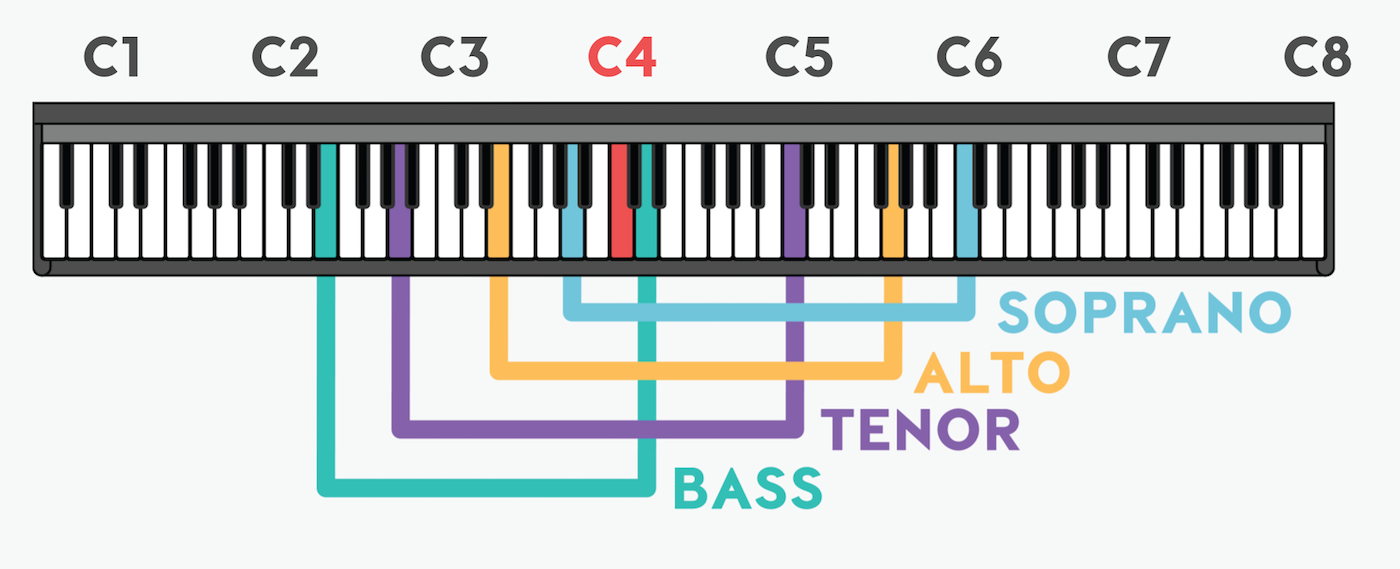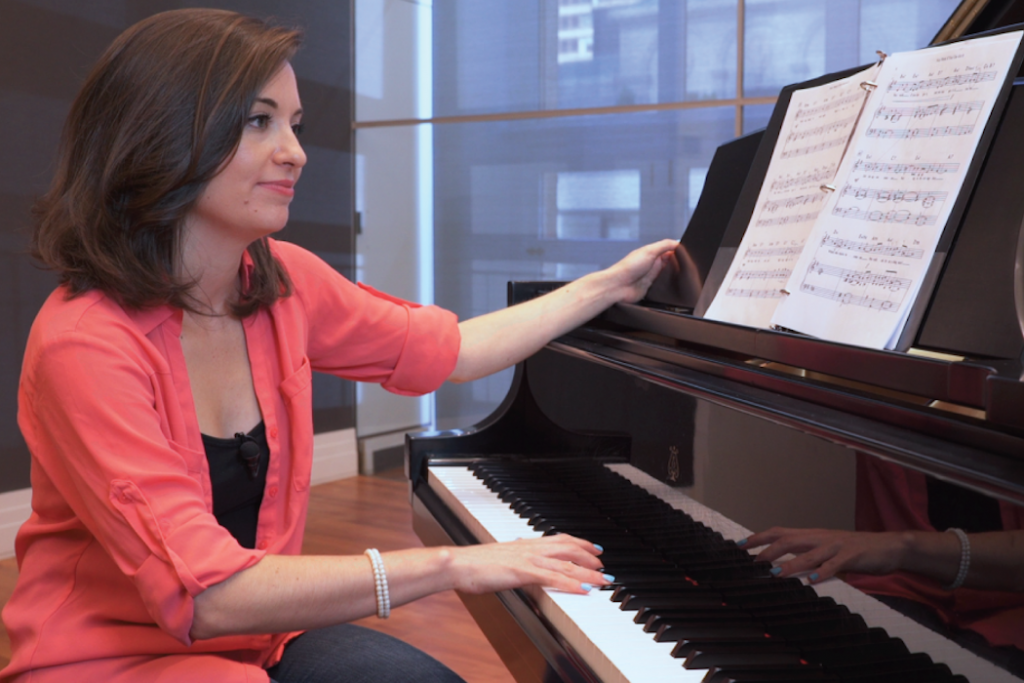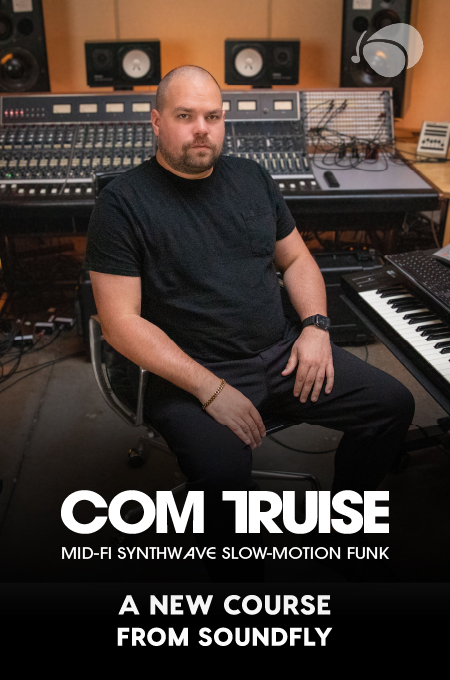+ Learn from Grammy-winning pop artist Kimbra how to harness the full creative potential of your voice in song. Check out her course.
Your vocal range: It’s present at the top of all your résumés, and is so basic that it’s right there next to your name, height, and contact information.
But unlike the URL to your website, your vocal range can be subjective, and tough to describe accurately. And if you’re interested in working in musical theater, your vocal range and how you talk about it, can be even more complicated.
As a voice teacher, I find that many actors either don’t know or are unsure about how to write their ranges. What are you projecting to the casting team? What will they expect from you?
First let’s answer a few basic questions.
Where Do You Write Your Range?
Your range should always be listed in the top header of your résumé, justified either to the left or the right, along with your or your agent’s contact information.
And yup, if you’re a singer — i.e. you sing for auditions, ever, at all — you need to do this.

How Do You Write Your Range?
Your range should always be listed in two parts:
- First, with a description of your voice (Lyric Baritone, Mezzo-Soprano/Belter, Coloratura Soprano w/ Mix, High Rock Tenor, etc.). These descriptions should be short, sweet, and clear — no more than 2-3 words max. Avoid the “kitchen sink” approach (High Legit Coloratura Soprano with Alto Rock Belt, for example).
- Second, your exact range, listed from your lowest to highest notes, in parenthesis. It’s not sufficient for a female singer, for example, to simply list, say, a “low C to high E♭.” Which C? Do you mean middle C, which isn’t that low, or the octave beneath that, which is extremely low? A belted E♭, or the soprano E Christine sings in Phantom?
To be clear about which specific note we’re referring to, we use the following numbering system, called scientific pitch notation:

Take a look at a full, 88-key keyboard, or the diagram above. Each C, starting with the lowest C on the keyboard (three keys up from the bottom), is assigned a number. The lowest C is C1, up through the highest, at C8. Middle C is C4.
The other notes in between are assigned the number of the C below it. So, the F above middle C is F4, or the A below C5 is A4. (For more help, check out our free beginner piano course, Building Blocks of Piano.)
The vast majority of vocal ranges fall somewhere between C2 and F6 (the F above the high soprano C6).

Check out the diagram above. It often surprises folks to discover how much overlap there is between vocal ranges. In fact, look at the four notes around middle C (A3, B3, C4, D4). Those four notes are a part of every single voice type, whether male or female, low or high. Cool!
Now, the voice ranges above may not be exactly true for all voices. Your voice might be lower or higher than the ranges listed. This is merely a rough sketch of where many voices tend to fall.
Here’s a list of some example ranges, and how they’re written:
Bass: E2–D4
Baritone: F2–G4
Alto: E3–G5
Mezzo-Soprano: E3–B♭5
Soprano: G3–C6
Coloratura Soprano: G3–E6
What Is My Range?
Ah — so this is a much more interesting question, right? And here’s where many folks get tripped up. Let’s dispel a few myths:
- Your range is what you can sing in performance — not what you warm up to. If you’re a tenor who has an occasional high C in warm-ups, but don’t feel comfortable singing a C in a song, and don’t have a C anywhere in your book, your range does not go up to a C. Your vocal range is what you sing, every day, comfortably. And the highest and lowest notes in your range should be represented somewhere, in context, in at least one song in your book.
- Your range should only include notes you might actually get hired to sing. If you’re a super high soprano who sings to the G6 above high C (they exist!), I really don’t think you need to write that. There is not one role I know of in musical theatre that gets up that high — and even the E, a third below that, is only present in a very small handful of roles (Cunegonde in Candide, Christine in Phantom, Franca in Piazza, etc.). Writing the G6 might also just confuse folks behind the table — since the large majority of people don’t sing that note, and never need to sing that note, they might think you meant the G below, and you only have a G5. Basically, it’s a bit overkill, even if it might be accurate.
- Your range is an extension of your type. This bit surprises some folks. I’ve got a number of women who are physically sopranos. They have soprano instruments, their voices break where sopranos break, they warm-up to high Ds and E♭s. However, they’re rock belters. They’re edgy. They’re only called back to belt. They don’t sing legit. Therefore, I’d write a range that reflects that. Of course, some people might disagree. But I think you’re confusing your casting team by saying you sing up to a soprano high D if you never get cast to sing soprano roles, and don’t have any high soprano songs in your book.
Consult Your Teacher and Know Your Way Around a Keyboard.
You should always ask your teacher what they think your range is, and what makes the most sense for you to write on a musical theater résumé.
You can also test your own range at home, and scan your own music to see what the highest and lowest notes in your book are.
If that presents any issue, it might be a good time to learn some basic music theory.
Don’t stop here!
Continue learning with hundreds of lessons on songwriting, mixing, recording and production, composing, beat making, and more on Soundfly, with artist-led courses by Kimbra, Com Truise, Jlin, Ryan Lott, and the acclaimed Kiefer: Keys, Chords, & Beats.




